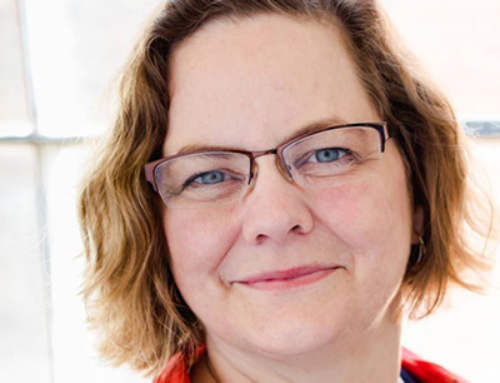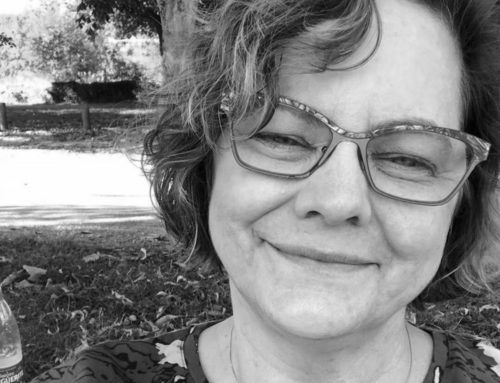
A friend walks into my office, looks around…
“Why do you have an Eye chart?”
“Because I am a midwife.”
“Huh?”
“Midwives are women’s health care providers.”
“Huh?”
“Midwives take care of women. Women have eyes. Sometimes I need to do a vision check.”
“Oh.”
What is a midwife?
Midwives exist all over the world. From Alaska to Florida, London to a remote village in Bali, midwives are working everyday. While there are many similarities and unifying themes to all midwives, there are also many differences.
Some midwives only care for women having babies, providing prenatal, birth and postpartum care. Other midwives provide health care for females of all ages regardless of reproductive status.
In the United States, there are Certified Nurse Midwives (CNM), Certified Midwives (CM), Certified Professional Midwives (CPM), and there midwives without certification. All fifty states license midwives to prove health care. A licensed midwife can be designated as LM.
CNM, CM, CPM, LM -that’s a lot of initials for one profession. It’s confusing!
In New York State, where I live and practice, to be licensed, to be a NYS LM, a midwife must first be a CNM or a CM. Certified Nurse Midwives (CNM) and Certified Midwives (CM) are educated, trained and certified to be women’s health care providers. Licensed midwives in NYS are Master’s degree prepared, independent health practitioners that care for women of all ages. We are licensed to provide care including reproductive health, primary care, prenatal care, attend births and general exams. We have prescriptive authority, and can also order medical tests and imaging studies. Sometimes we even check visual acuity.
I am a Certified Nurse Midwife, a CNM.
I am a New York State Licensed Midwife, a LM.
I am a midwife.
I care for women: I offer prenatal care, attend births, do newborn exams, help with lactation, perform annual exams, check for bladder infections, treat sore throats, order mammograms, drawn and order bloodwork, discuss birth control and other fertility options, write prescriptions, offer counseling, screen clients for sexual diseases, refer to other providers including therapists, dentists and surgeons… And more.
Sometimes, I even have a client stand 20 feet from the wall, covering first one eye and then the other and look at my Snellen eye chart.
My name is Michelle. I am a midwife and I have an eye chart.
Michelle
May all babies be born into loving hands
_____________________________________________________________________
From ACNM
Midwifery Practice
• CNMs are licensed, independent health care providers with prescriptive authority in all 50 states, the District of Columbia, American Samoa, Guam, and Puerto Rico. CNMs are defined as primary care providers under federal law. Because CM is a newer, equivalent pathway to midwifery, it is not yet reflected in all state legislatures. CMs are authorized to practice in Delaware, Missouri, New Jersey, New York, and Rhode Island. CMs have prescription-writing authority in New York.
• While midwives are well-known for attending births, 53.3% of CNMs/CMs identify reproductive care and 33.1% identify primary care as main responsibilities in their full-time positions. Examples include annual exams, writing prescriptions, basic nutrition counseling, parenting education, patient education, and reproductive health visits.3
• In 2012, 94.9% of CNM/CM-attended births occurred in hospitals, 2.6% occurred in freestanding birth centers, and 2.5% occurred in homes.1
• More than 50% of CNMs/CMs list physician practices or hospitals/medical centers as their principal employers.4
• Medicaid reimbursement for CNM/CM care is mandatory in all states, and is 100% of the physician fee schedule under the Medicare part B fee schedule. The majority of states also mandate private insurance reimbursement for midwifery services.
Midwifery Education
• Standards for education and certification in midwifery are identical for CNMs and CMs.
• The Accreditation Commission for Midwifery Education (ACME) is the official accrediting body for CNM/CM education programs. There are 39 ACME-accredited midwifery education programs in the United States.5
• Approximately 82% of CNMs have a master’s degree.3 As of 2010, a graduate degree is required for entry to midwifery practice as a CNM/CM.6
• 4.8% of CNMs have doctoral degrees, the highest proportion of all APRN groups.7
(1) American Midwifery Certification Board
(2) Martin JA, Hamilton BE, Osterman MJK, Curtin, SC, Mathews TJ. Births: Final Data for 2012. National Vital Statistics Reports; Vol 62, No 9. Hyattsville, MD: National Center for Health Statistics. 2013.
(3) Fullerton J, Schuiling K, Sipe TA. Findings from the Analysis of the American College of Nurse-Midwives’ Membership Surveys: 2006–2008. Journal of Midwifery & Women’s Health 2010; 55: 299-307.
(4) ACNM Core Data Survey, 2010
(5) Accreditation Commission for Midwifery Education
(6) Mandatory Degree Requirements for Entry into Midwifery Practice, ACNM Position Statement, July 2009
(7) Fullerton JT, Sipe TA, and Schuiling KD, Demographic profiles of certified nurse-midwives, certified registered nurse anesthetists and nurse practitioners: reflections on implications for uniform education and regulation. Journal of Professional Nursing. Vol 25, No 3 (May-June) 2009.
Updated March 2014



Leave a Reply